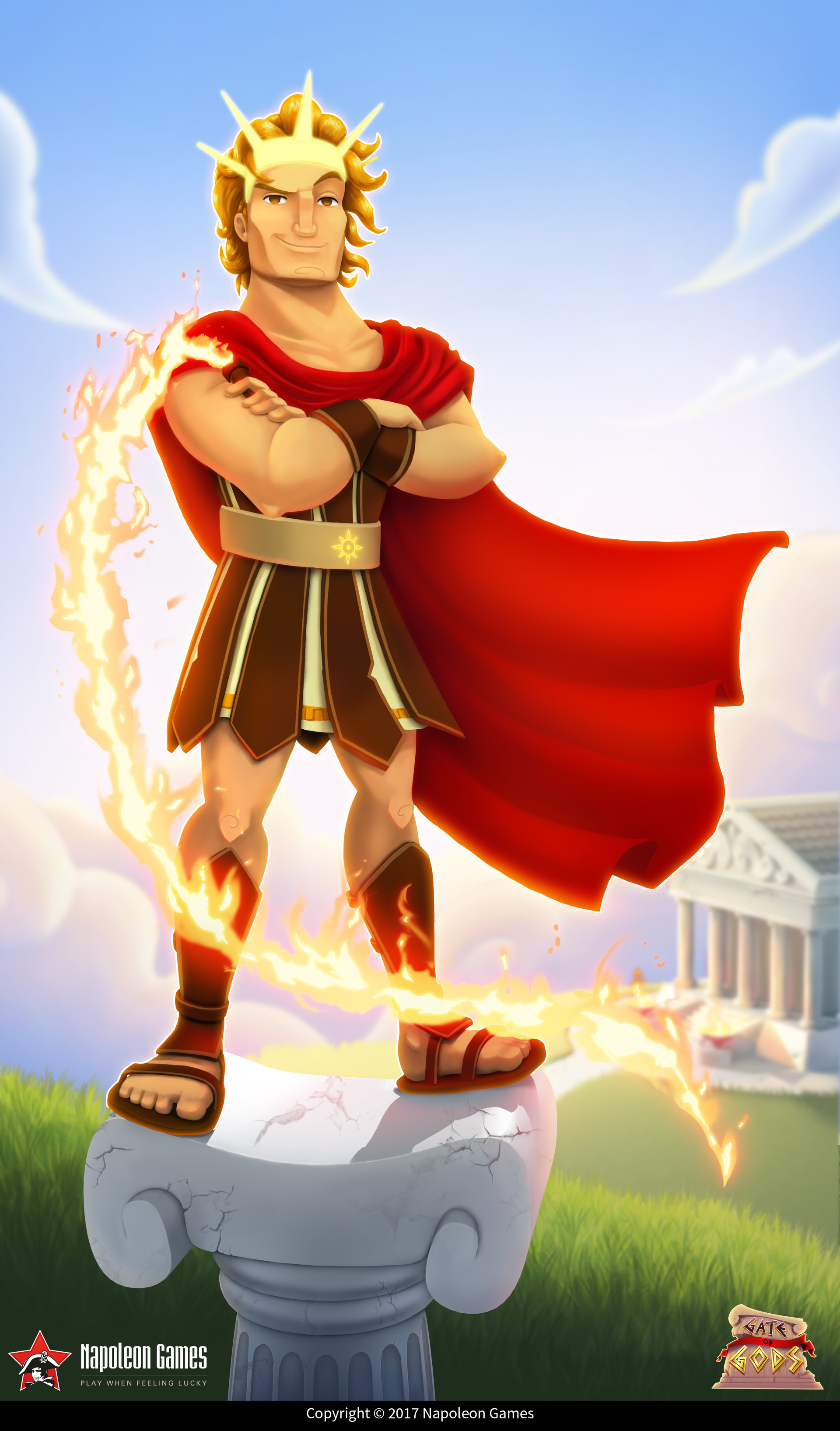
A rich, fine-spun garment gleams on his body and flutters in the winds, and stallions carry him. A popular version of the Greek myth of Phaethon says that the young man wanted proof that the sun was his father, so he went east to test the deity and ask him for a gift. The ancient Greeks believed that there was a golden chariot of the sun that was so bright.
HELIOS GREEK MYTHOLOGY FREE
He was a solar deity with the epithets: Phaethon (the shining) and Hyperion (the. Buy Helios Greek God Titan God Ancient Greek Mythology Retro T-Shirt: Shop top fashion brands T-Shirts at FREE DELIVERY and Returns possible. The most important ancient Greek myth of Helios is his daily journey. His eyes gaze piercingly out of his golden helmet, bright rays beam brilliantly from his temples, and the shining hair of his head graciously frames his far-away face. Minor Roles for Helios in Greek Myths Another well-known myth involving Helios was when his son almost destroyed the earth. Helios is best known for his personification of the sun in Greek mythology. Homer describes it in his Homeric Hymn as: "Driving his horses, he shines upon men and immortal gods. Helios' most notable role in Greek mythology is the story of his mortal son Phaethon who asked his father for a favour Helios agreed, but then Phaethon asked for the privilege to drive his four-horse fiery chariot across the skies for a single day. Helios would bring daylight by driving on his four-horse sun-chariot from the East to the West. Made of bronze and reinforced with iron, it was weighted with stones.

The sculptor Chares of Lyndus (another city on the island) created the statue, which commemorated the raising of Demetrius I Poliorcetes’ long siege (305 bce) of Rhodes. Helios was a very powerful Titan Deity, who later decided to fade out due to lack of worship. Most of these were simply listed as such in the ancient genealogies with no specific stories describing their birth or otherwise connecting them with the god. Colossus of Rhodes, colossal statue of the sun god Helios that stood in the ancient Greek city of Rhodes and was one of the Seven Wonders of the World. He is often portrayed as a handsome young man driving a. Helios was still personification of the sun, however. In Greek mythology, Helios was the personification of the Sun and one of the strongest Titan gods. Ra was a falcon-headed god who emerged from the Underworld each morning as the rising sun. While the Greeks called this god Helios, the Egyptians worshiped him as Ra. When Apollo was born, Helios gave up his duties as ruler of the sun and gave them to Apollo. Greek and Roman writers identified the Phoenix specifically with Heliopolis, a city noted for its connection to the sun god.

He took the side of the Olympians in the Titan-God war. Helios was the son of Hyperion, brother to Selene and Eos.


 0 kommentar(er)
0 kommentar(er)
